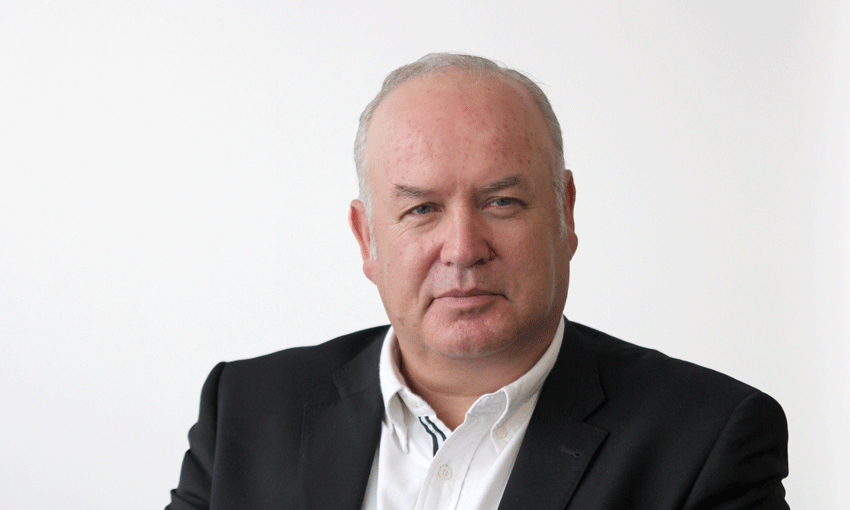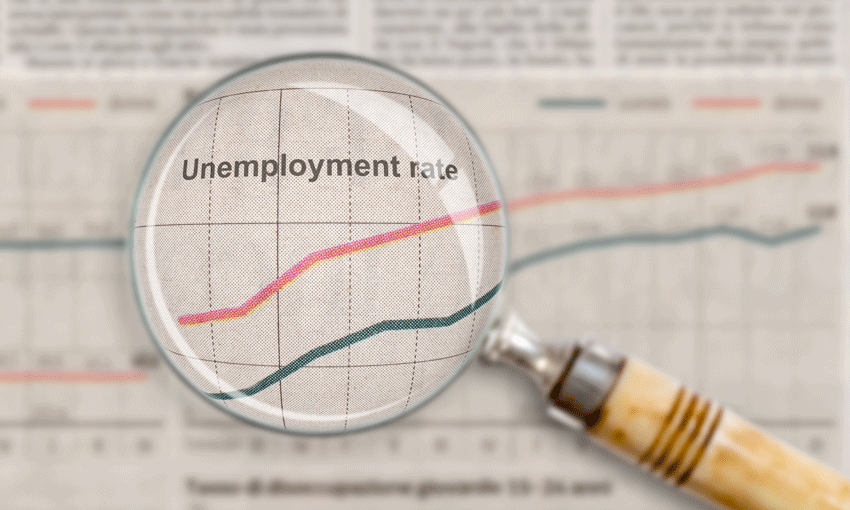SEASONALLY-adjusted employment fell by 594,300 people between March and April, according to the Australian Bureau of Statistics.
ABS head of labour statistics Bjorn Jarvis said the large drop in employment did not translate into a similar sized rise in the number of unemployed people “because around 489,800 people left the labour force”.
“Unemployment increased by 104,500 people to 823,300, and the unemployment rate increased by 1.0 percentage point from 5.2% to 6.2%,” Mr Jarvis said.
“The larger than usual number of employed and unemployed people leaving the labour force resulted in an unprecedented fall in the participation rate by 2.4 percentage points to 63.5%.
“This means there was a high number of people without a job who didn’t or couldn’t actively look for work or weren’t available for work,” Mr Jarvis said.
Prime Minister Scott Morrison told a press conference it had been “A very tough day, terribly shocking, although not unanticipated”.
“We knew there would be hard news as the pandemic reaps an impact on Australia, as it is on countries around the world,” he said.
Victorian Transport Association chief executive Peter Anderson said the transport industry so far had been spared the kind of mass job losses seen on “vast swathes of the economy”.
“While some sectors of our industry have been busier than ever, others have experienced a downturn as parts of our economy were progressively shut down to contain the spread of the virus,” Mr Anderson said.

“But for those operators, the downturn thankfully wasn’t anywhere near bad as that experienced by the tourism and hospitality sectors. State and Commonwealth programs like JobKeeper and payroll tax relief have helped operators to preserve their cash flow and keep people employed and connected to their jobs.”
Mr Anderson said now that restrictions were starting to be slowly eased and businesses was re-opening, “we believe transport will be in even greater demand by a population eager to get out and about”.

